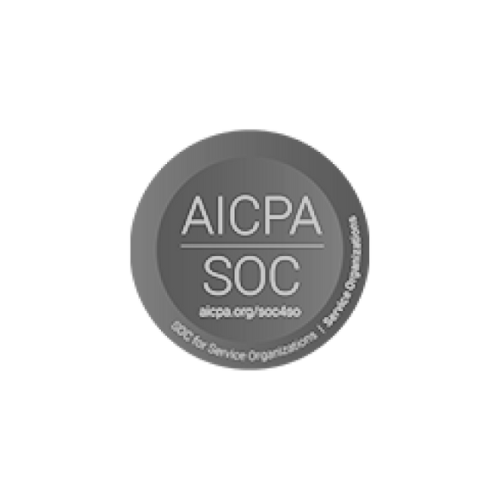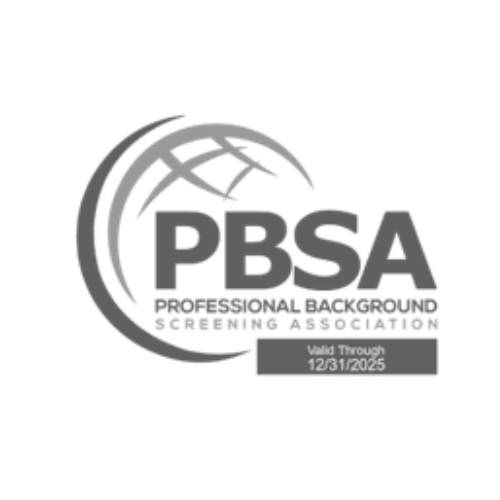Workplace harassment is a serious challenge for any organization.
It can disrupt your business, lower employee morale and expose your company to legal and financial risk.
You need a proactive strategy to prevent workplace harassment and promote a culture of respect, trust, and accountability.
Here is how you can deal with harassment, build a safer workplace, and protect your organization’s reputation.
The Impact of Workplace Harassment
Understanding the impact of workplace harassment is key to grasping its importance. Harassment doesn’t just affect individuals – it ripples across your entire organization.
Impact On Employees
Mental Health: Harassment leads to stress, anxiety, and depression, impacting an employee’s well-being.
Productivity: Employees distracted or demoralized by harassment perform poorly.
Turnover Rates: Victims and witnesses often leave, creating high recruitment and training costs.
Impact On Organization
Financial Costs: Settlements, legal fees, and disrupted workflows can amount to significant expenses.
Reputation Damage: Harassment scandals can tarnish your brand, making it difficult to attract and retain top talent.
Team Dynamics: Toxic behaviors erode trust, collaboration, and team spirit.
Why Addressing Workplace Harassment Should Be a Priority?
Tackling workplace harassment is not just about damage control; it’s about creating a thriving environment where your employees feel safe and valued.
Here are the reasons why this should be a top priority for your organization:
Improved Employee Well-Being: A safe workplace ensures employees can focus on their work without fear.
Higher Retention Rates: Employees are less likely to leave when they feel protected and respected.
Legal Compliance: Following harassment laws and guidelines helps you avoid lawsuits and penalties.
Enhanced Productivity: Workers are more engaged and perform better in a supportive environment.
Stronger Reputation: Companies known for fairness and safety attract high-caliber talent.
Better Innovation: A respectful workplace encourages employees to share ideas and collaborate freely.
Fostering Inclusion: Combating harassment aligns with diversity, equity, and inclusion (DEI) initiatives.
Setting Leadership Standards: Demonstrates to employees that you care about their safety and well-being.
By addressing harassment proactively, you can build an organization that thrives on trust and mutual respect.
Key Steps to Effectively Address Workplace Harassment
Develop Comprehensive Policies
Start with a clear, written policy outlining unacceptable behavior and its consequences.
Use plain language to define harassment, provide examples, and explain the reporting process.
Your policy should be accessible to everyone and regularly updated to reflect new legal requirements or organizational changes.
Establish a Reporting Mechanism
A robust reporting mechanism is critical. You should offer multiple channels for employees to report incidents, such as anonymous hotlines, dedicated HR personnel, or online platforms.
Always assure confidentiality and emphasize that retaliation will not be tolerated.
Conduct Training and Awareness Programs
Regular training sessions help employees recognize and address harassment.
For managers, provide specialized training on handling complaints appropriately.
Interactive methods like role-playing or case studies can make training more effective.
Investigate Every Complaint Seriously
Treat all complaints with urgency and impartiality. Assign a trained investigator – internal or external – to handle cases professionally.
Keep the involved parties informed throughout the process to build trust in the system.
Take Corrective and Preventive Action
Implement fair and consistent consequences for misconduct.
Address systemic issues that enable harassment, such as unclear policies or insufficient oversight.
Regularly evaluate the effectiveness of your measures and make adjustments as needed.
Benefits of Addressing Workplace Harassment
Boosted Employee Morale: Employees feel valued and respected, which enhances their engagement.
Stronger Team Dynamics: A safe workplace increases collaboration and camaraderie.
Lower Legal Risks: Proactive policies and actions minimize the likelihood of lawsuits.
Improved Recruitment: A harassment-free environment attracts top talent.
Increased Productivity: Workers in positive environments are more focused and efficient.
Enhanced Reputation: Your company gains a reputation as a responsible and ethical employer.
Alignment with Core Values: Demonstrates your commitment to integrity and fairness.
Trust in Leadership: Employees respect leaders who act decisively on critical issues.
Risks of Ignoring Workplace Harassment
Failing to address harassment can have severe consequences, such as:
Legal and Financial Penalties: Ignoring harassment can result in costly lawsuits and settlements.
High Turnover: Employees leave toxic environments, increasing recruitment and onboarding costs.
Damaged Employer Brand: Negative reviews on platforms like Glassdoor can deter prospective hires.
Decreased Employee Engagement: Victims and witnesses become disengaged and less productive.
Toxic Culture: Harassment that goes unchecked spreads, undermining your workplace values.
Lost Productivity: Teams disrupted by harassment fail to meet their goals.
Managerial Breakdown: Leaders who don’t address harassment lose credibility and respect.
Difficulty Recruiting Talent: Qualified candidates avoid organizations with a history of harassment issues.
Partnering with External Experts
One often overlooked step is consulting a background verification company.
These experts can screen candidates for previous patterns of misconduct, helping you hire responsibly.
Additionally, third-party providers can assist in designing training programs and auditing your workplace culture.
Building a Culture of Respect and Inclusion
Building a workplace culture rooted in respect and inclusion is essential to prevent harassment and create a supportive environment.
Start by promoting open communication, ensuring employees feel comfortable sharing their concerns and experiences.
Recognize the value of diversity by celebrating different backgrounds, perspectives, and ideas through initiatives such as cultural awareness events or mentorship programs.
A respectful culture doesn’t happen overnight—it requires ongoing effort and commitment from everyone.
Monitoring and Continuous Improvement
Preventing workplace harassment isn’t a one-time initiative; it’s an ongoing responsibility.
Regularly review and update policies to reflect changes in regulations, workplace dynamics, or employee feedback.
Conduct periodic training refreshers to ensure that all employees understand their rights and responsibilities.
Utilize surveys or focus groups to gauge the effectiveness of your efforts and identify areas for improvement.
Analyze trends in reported incidents to address recurring issues or gaps. Partner with industry organizations to stay updated on best practices.
Remember, fostering a harassment-free environment is a continuous journey that requires vigilance, adaptability, and unwavering dedication to improvement.
Conclusion
Addressing workplace harassment is not just a legal obligation – it’s a moral and strategic priority.
By taking proactive steps, you can create a safer, more productive workplace and demonstrate your commitment to your employees’ well-being.
Remember to leverage resources like background verification companies to build a foundation of trust and accountability.
Your efforts today will shape the workplace culture of tomorrow. Make them count.















